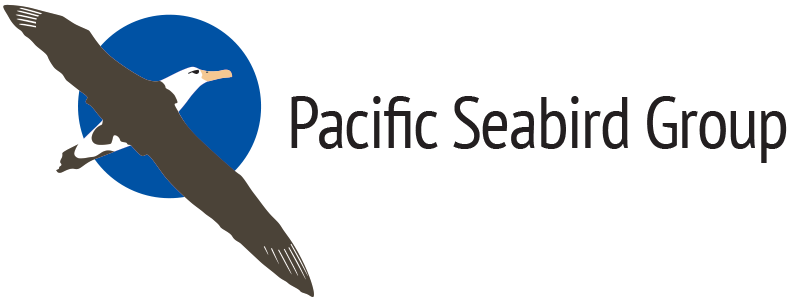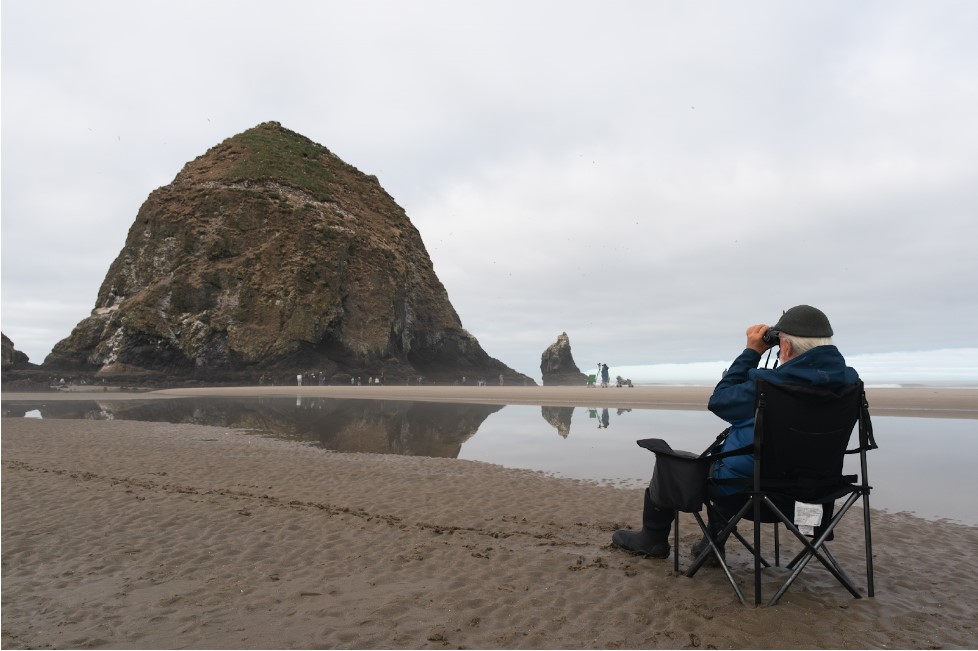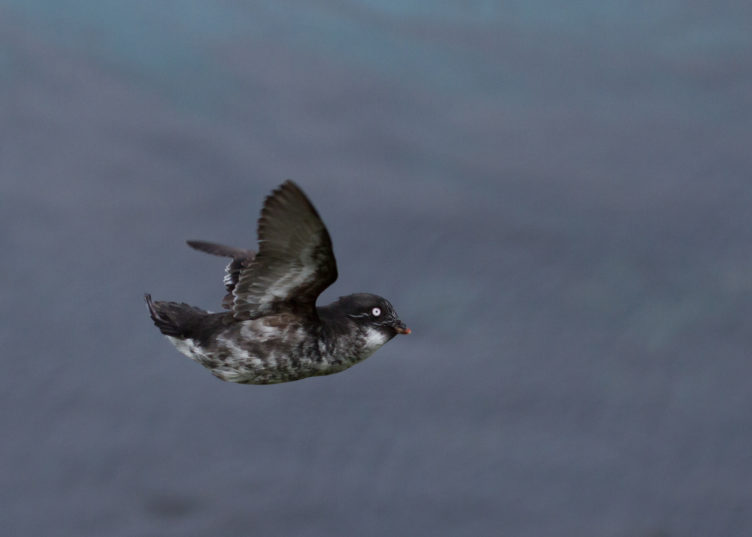Faces of Seabird Conservation
By Juliet Lamb
For the 2024 Pacific Seabird Group Annual Meeting, we’re shining a spotlight on the humans that love seabirds. We have been collecting profiles of the human community engaged in seabird science and conservation, with the goal of creating a gallery of photos and stories to display at the 2024 Annual Meeting.
Here are three sneak peak profiles that will be a part of the upcoming Faces of Seabird Conservation exhibit at the meeting in Seattle, Washington, USA. If you have someone in mind that you would like to profile, check out the instructions for details on how to create a Faces of Seabird Conservation profile and—when you’re ready—submit your profile here. All submissions received on or before 31 December 2023 will be considered for inclusion in the exhibit at the 2024 Annual Meeting. Please contact Juliet (programchair@pacificseabirdgroup.org) with any questions.
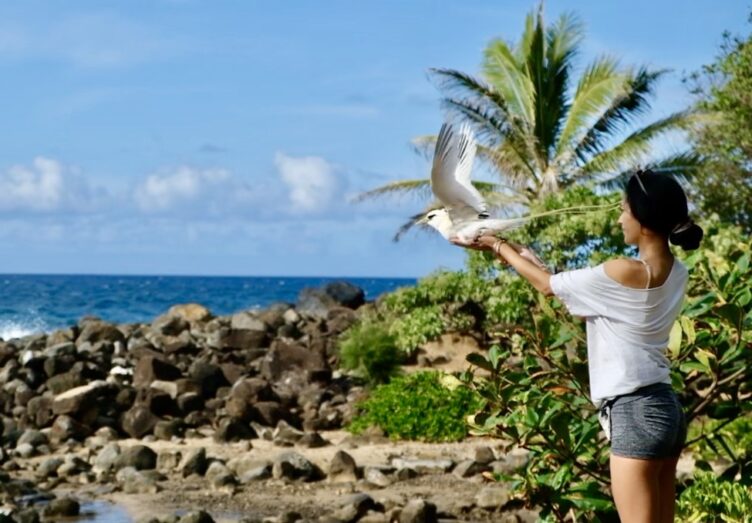
‘Auli‘i Mahuna
“As a kānaka maoli (native Hawaiian), the reciprocal relationship between humans and the natural world is quite literally in my DNA. Native Hawaiians have an innate physical, spiritual, mental, and emotional relationship with the honua (the world) and ‘aumakua (ancestral guardians), and these relationships are sustained through the care of these animals and their habitats in a multitude of ways.
Understanding that these beings are my kūpuna (ancestors) gives me an even greater sense of kuleana (responsibility) to preserve and protect the many species of manu (birds) that make Hawai’i, Hawai’i. The majority of, if not all, manu kai (seabirds) are mentioned in the Kumulipo (Hawaiian creation chant) in coexistence with a plant or animal from the ‘āina (land), representing the importance of balance and duality—reaffirming that their continued presence and resilience is symbolic to the creation and existence of the pae ‘āina o Hawai’i (Hawaiian archipelago) and kānaka maoli.
Hawai’i is the Endangered Species Capital of the World, so being involved in rehabilitating our native Hawaiian seabirds at the Hawai’i Wildlife Center is a small way that I am able to care for ‘aumakua and practice my culture while contributing to the restoration of the native environment. Unfortunately, we have already lost so many of our native Hawaiian birds, so any that are able to be successfully rehabilitated and released back into the wild is immensely special.”
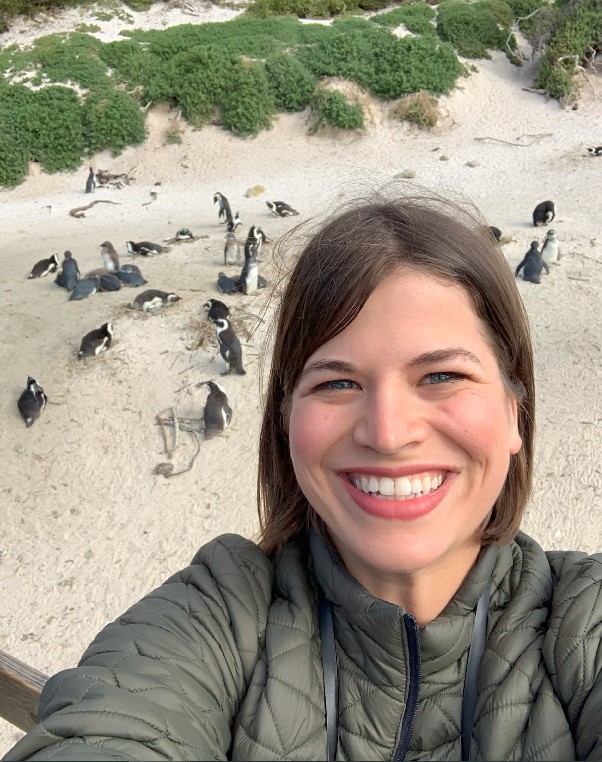
Katie Propp
“I wanted to study marsupials, really, I did! It just so happened that the professor took sabbatical my senior year so I ended up in ornithology and waterfowl ecology and management classes instead. This was a happy accident since now I’m the COO of a penguin non-profit organization, Penguins International, and seabirds mean the world to me! As marine sentinels, we can tell a lot about the ocean’s health thanks to penguins. Whenever something doesn’t go to plan, I am reminded that there’s something to learn and that it’s OK to chase curiosities. Seabirds have so much to teach us about our beautiful planet and I’m thrilled to go down the rabbit hole of discovering more about them.”
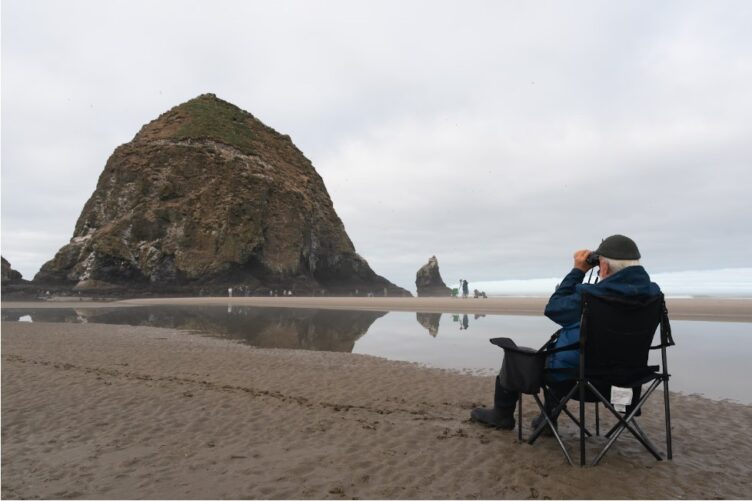
Tim Halloran
“In the spring, it’s always exciting as the time approaches when the puffins return to Haystack Rock. I visit the rock during the winter and come in early April hoping to see the first puffins. Then, I begin monitoring in mid-May and continue through the beginning of September. But in recent years, the numbers that I see have been decreasing. It’s sad to see that this particular colony is declining.
But each year I keep coming back, wanting to solve the mystery of how many will return. It is fascinating to see the pairs occupied at their burrows, standing guard—especially when they are bringing food in to their young! Their interactions with each other and with the other birds on Haystack Rock are fascinating. I’ve seen many examples of competition from passive-aggressiveness to outright fighting. Sometimes it seems like they’re going to kill each other, but I have never seen that happen! Still, those episodes of aggression are rare and tolerance seems to be the order of most days.
I just completed my 12th summer volunteering with the puffin monitoring project. As each season ends, and we see if there are fewer puffins on the rock, I always have the question: what will happen next year? And I can’t wait to get back to learn the answer.”
